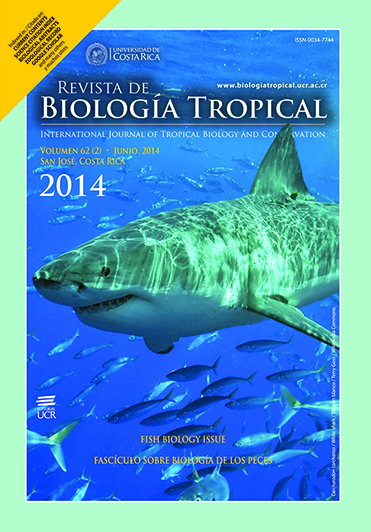Abstract
Paulownia tomentosa is a fast-growing tree species with a considerable economic potential because of its value for wood as well as its high biomass production, and elevated stress tolerance. The objective of the present study was to evaluate the development of adventitious buds in leaves obtained from four-week-old shoots of P. tomentosa, in order to identify the cells involved in in vitro adventitious bud development. Leaves (proximal halves with the petiole) from the first node were excised from four-week-old micropropagated shoots, and cultured on Murashige and Skoog medium, supplemented with 3% (w/v) sucrose, 0.6% (w/v) Sigma agar, 22.7µM thidiazuron (TDZ) and 2.9µM indole-3-acetic acid for two weeks, explants were then transferred to the same medium with 0.44µM N6-benzyladenine for another four weeks. Five explants were collected daily during the two first weeks in TDZ treatment. A total of 140 samples were processed. Most of the buds developed indirectly from the callus formed in the petiole stub, and they became visible after eight-ten days of culture, although some buds were also observed in the area of the laminar cut at the level of the veins. The first histological changes could be observed after two-three days of culture, with the dedifferentiation of some subepidermal and inner parenchyma cells, which exhibited a large, prominent nucleus, densely-stained cytoplasm and a high nucleus-to-cell area ratio. Proliferation of these cells gives rise to meristemoid formation after seven-ten days of culture. Organized cell division in meristemoids allows the formation of bud primordia that emerged from the explants surface. The progressive structural differentiation of the apical meristem, leaf primordia, and procambium strands, led to formation of complete buds that were observed in the exterior of the explants after 10-15 days of culture. Direct development of buds from cells in the subepidermic and/or epidermic layers were observed on the adaxial surface of the petiole. This protocol may be a useful tool for the application of genetic transformation techniques, as it enables to determine specific regions in the foliar explants where the meristemoids formation will take place, and therefore to determine which cells should be the object of genetic transformation.
##plugins.facebook.comentarios##

This work is licensed under a Creative Commons Attribution 4.0 International License.
Copyright (c) 2014 Revista de Biología Tropical


